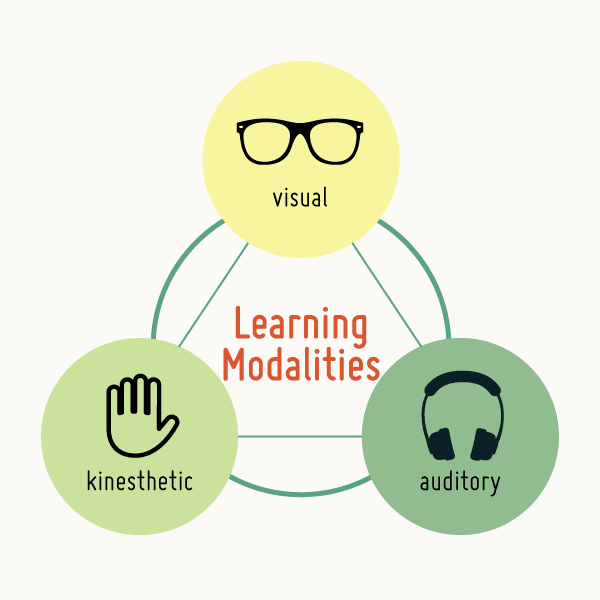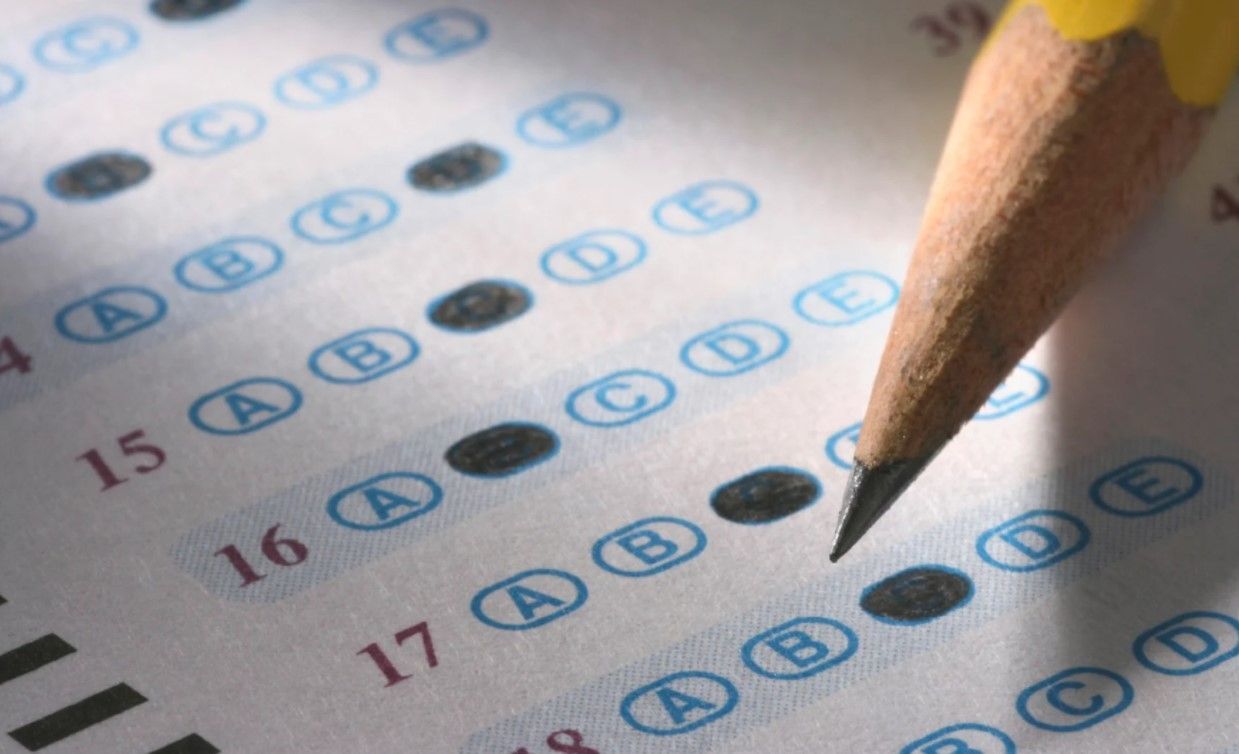
How to Help Your Child Revise for Exams
Bookmark this page? Pop your email into the box below to receive a link to this article so you can easily refer back to it later.
Table of Contents
Introduction
Towards the end of primary school, teaching starts to take a turn towards independent learning. Whether your child is creating a personal project, or revising for the 11 Plus, including grammar school entry exams, encouraging good revision habits will benefit them in the long term.
In this post, we look at how parents can help their children revise for exams.
What is Revision Exactly?
Revision is the practice of reviewing learning. In the case of class tests, it could mean reviewing classroom work that has been taught throughout the year. For the 11 Plus exam, it could mean focusing specifically on sample questions and putting knowledge and theory into action.
The main difference between studying and revising is that revision tends to involve placing knowledge within an exam context, whereas study requires active first-time learning.
Know What Your Child Will be Tested On
Every successful revision strategy begins with planning. It’s important to take the time to understand exactly what your child is being tested on. If it’s a class test, what topic do they need to review? If your child is preparing for the 11 Plus exam, how is the test be structured in your local area?
Making the time with your child to revise for an exam is one thing, but ensuring that your child covers the relevant material is another.
Agree a Revision Plan
Creating a revision timetable with your child can strengthen their willingness to stick to a routine, given that they’ve had a hand in making the plan.
A simple table that outlines the days of the week is all that’s needed to get started. Choose specific times on individual days and plan what topics your child needs to revise in the run up to the test.
Remember, little and often is the best approach and breaking larger topics down into small chunks makes revision appear more manageable.
Combine Different Revision Techniques

Everyone learns differently but there are three main learning styles that can be used to form the basis of your child’s revision:
- Visual
- Auditory
- Kinaesthetic
Visual learners tend to learn best through sight and react well to colour, pictures, diagrams and charts. It’s estimated that 29% of people are visual learners. Some visual revision techniques you might want to try with your child include:
- Placing post-it notes on a wall with important snippets of information
- Using a highlighter to draw attention to important elements
- Summarising notes presented as a display, e.g. on a whiteboard
- Adopting a traffic light system to chart revision progress
- Placing keywords around a room to recall associated information
- Drawing pictures and diagrams, creating mind maps and collages
Auditory learners learn most effectively through listening. Teacher-led classes, discussions and recordings can all help maximise an auditory learner’s capabilities. Approximately 34% of people are auditory learners. Some auditory revision techniques you could try with your child include:
- Making up rhymes, mnemonics, raps, or poems to remember information
- Recording your child reading their revision notes and then playing the recording back
- Testing your child by asking them questions aloud
- Encouraging your child to play the role of teacher and explain concepts and theories to you
- Having relaxing music on in the background while revising to help your child visualise and review their material
Learners who are kinaesthetic tend to retain information better through ‘doing’. Children who are kinaesthetic learners prefer to get involved in practical activities or roleplaying exercises. Approximately 37% of people have this type of learning preference. Some kinaesthetic revision techniques you can try with your child include:
- Using a computer to create a PowerPoint presentation
- Being actively involved in creating revision cards
- Role-playing scenarios that help find solutions to problems
- Playing revision games on interactive websites
In reality, although children may prefer a certain learning style, a combination of all three tends to produce the best results.
Revising with Exam Practice Papers
When it comes to revising for specific exams like the 7 Plus, 11 Plus, 13 Plus, or Independent School Entrance exams, working with exam practice papers is one of the most effective revision methods for children.
Not only do practice tests help familiarise your child with the layout of the exam, but they help them contextualise what they’ve been learning.
At Exam Papers Plus, we have a range of practice papers covering every primary-level exam and subject, including:
- 7 Plus exam practice papers
- 8 Plus exam practice papers
- 9 Plus exam practice papers
- 10 Plus exam practice papers
- 11 Plus exam practice papers
- 13 Plus exam practice papers
When it comes to teaching your child how to revise, it’s important to encourage good habits early on. Knowing exactly what your child will be tested on, agreeing on a revision plan, identifying their learning style and using practice exam papers will help ensure their success.
Do you have any more revision tips for parents? How do you help your child revise for exams? We’d love to hear from you.
Related post:
Our Favourite Homework Games for Primary School Kids
Bookmark this page? Pop your email into the box below to receive a link to this article so you can easily refer back to it later.
















